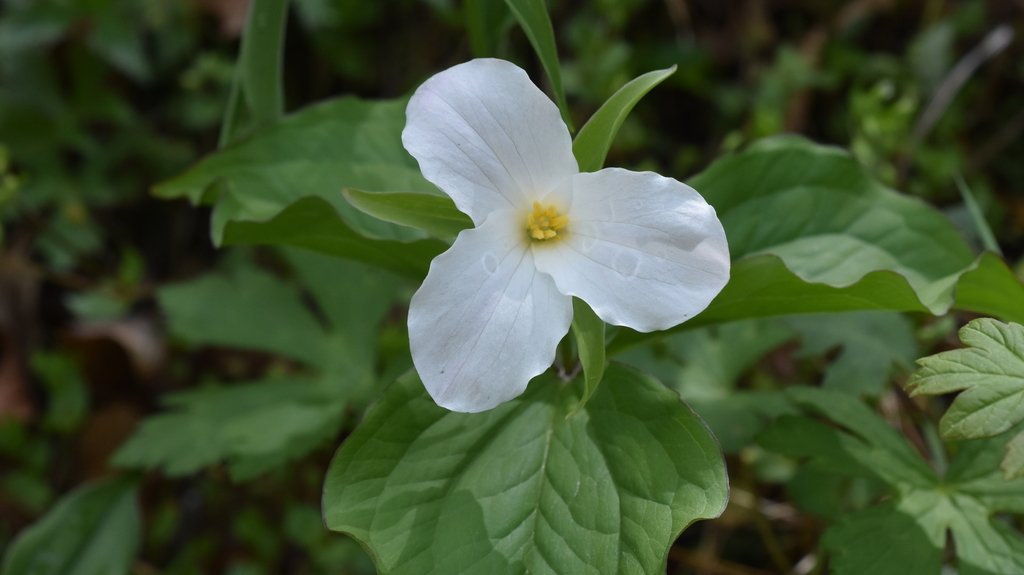
Springtime Salamanders
The mountains are finally warming up, and the forests are starting to come alive with some of our favorite critters! Salamanders have long been a staple species for us here at the Blue Ridge Discovery Center and have been a fan favorite for decades at the Mount Rogers Naturalist Rallies.
Happy Bee-lated World Bee Day
World Bee Day was May 20th, a day to appreciate bees for the enormous role they play as pollinators.

Wildflower Walk Recap
If you didn’t get a chance to join us on our wildflower walk last Sunday, here’s your chance to live vicariously through pictures! We saw Virginia Spring Beauties, Mayapples, Red Columbine, Jack-in-the-Pulpit, Wild Ginger, and Wake Robin (to name a few).

Moons of the Year
As April’s full moon is overhead, let’s look at the cultural significance of moons and why we have moon phases at all!

Countdown to the Mount Rogers Naturalist Rally 50th Anniversary!
It’s almost time for a very SPECIAL Mount Rogers Spring Naturalist Rally!

BRDC receives SWVA Outdoor Recreation Contract
We are excited to announce that Blue Ridge Discovery Center has been awarded the contract to provide web content for the SWVA Outdoors Website. This project is headed up by the Friends of Southwest Virginia and is an effort to highlight the awesome outdoor recreation opportunities our region has to offer.